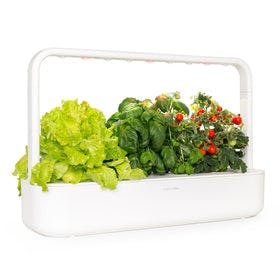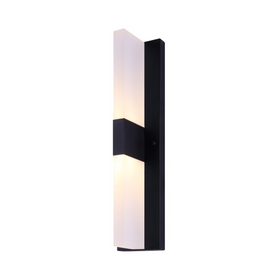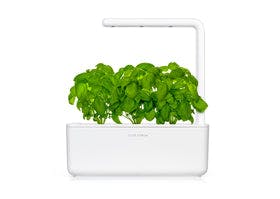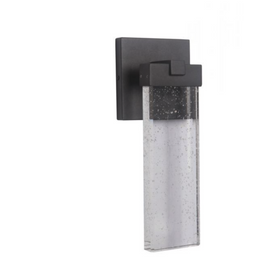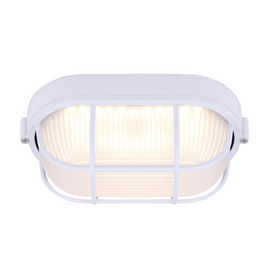
Growing a Garden: Starting from Seed
Last Updated: Apr 13, 2025Growing plants from seed requires more steps than growing from a seedling. On top of that, every plant is different, and as such slight variations may apply. There is no one-size-fits-all solution to growing from seed, but there are ways to make sure you're doing everything you can. Below we look at some things to consider when starting a garden from seed.
Table of Contents
- Seed Choice and Timing
- Seed Saving at Home
- Can I Plant Old Seeds?
- How To Choose What To Plant At Home
- Container and Soil
- What Is the Best Soil Mix to Start Seedlings?
- How To Sterilize Soil For Seeds and Plants
- How to Make Soilless Growing Mix At Home
- Sowing Your Seeds
- Lighting and Temperature
- Water and Feeding

Seed Choice and Timing
Taking time to research what vegetables you want to grow is essential to a successful garden. It provides you information like planting time, harvest time, and, sometimes, even feeding schedules.
It's best to understand the length of your growing season before purchasing seeds. First, be sure to check the information on the plants you aim to germinate. There are often planting windows where the producer provides a set number of weeks to seed before the last frost. You may also find information about how long the plant takes to produce table ready food. Take this information and ensure your season is long enough to grow and develop a worthwhile crop of the fruits and vegetables you chose. Some plants will simply not produce in certain climates, and it's best to know which ones work for you before you buy your seeds.
Every plant is different, and, as such, growing time varies. You will find that a typical growing period from seed to ready-to-plant seedling is three to six weeks. This period is necessary to grow a hearty plant ready for outdoors.
Also, see if the plants you plan on growing from seed prefer outdoor germination or "direct sow." Some simply have trouble starting inside and have better chances in the ground. For these, you will need to follow the plant-specific instructions for seeding and germination. Typically, you can seed cold-hardy plants in late winter or early spring, while heat-loving plants are in mid-to-late spring. Some plants even prefer fall planting for a spring crop. Again, check the length of your growing season to guarantee enough time for a proper harvest.

Seed Saving at Home
Perhaps you have been collecting seeds from grocery store vegetables or maybe last year's garden. Amazing! Seed saving is an ancient practice and a great way to develop local heirloom varieties. When planting seeds not produced by an official distributor, there are a few things to consider. First, seeds from grocery store vegetables and fruits may not provide what you're expecting. Remember, grocery food ships from around the world, so some of the varieties may not succeed in your climate. You may even find that some hybridized seeds won't produce a seedling.
Can I Plant Old Seeds?
What about those seeds tucked away in the desk drawer you forgot? Old seeds run the risk of failing to germinate. There are ways to store your seeds for more extended periods, but if this is your first season, your best bet may be to start with seeds purchased from a reputable source.
How To Choose What To Plant At Home
So, let's assume you want to grow a tomato plant this summer. You know that this heat-loving vegetable doesn't handle frost well and you plan on starting the seeds indoors. The problem is you live in a colder climate, but you know what to do. You go with a quick maturing tomato, like the Scotia variety, which develop in 60-days and place an order for your seeds. But what's next?

Sowing Your Seeds
Now that you have prepared your containers with your growing medium, it's the perfect time to sow the seeds. The packet that you received your plants will often have recommendations for how deep to sow. A standard measurement in planting is a depth of two to four times the diameter of the seed. But as with everything, this is not always true. Some seeds prefer to grow on top of the medium and not buried. Confirm individual seed planting depths before sowing.
Ideally, when starting from seed, there can be between one and three seeds per cell (if starting in a tray) or small container. Multiple seeds act as a redundancy if one fails. This planting method is standard and often determined by germination rate or the percentage of successfully germinated seeds under proper growing conditions. If multiple seeds sprout in a cell, as the plants mature, you can clip the weaker of the seedlings and leave the heartiest. After sowing in the seeds, add a thin layer of vermiculite atop the medium. This layer acts as a secure barrier for the tender seedlings to push through.

Get Germinating
With your seeds in their trays, you can set up a corner of a relatively unused room for germination. With no windows that can provide the necessary light, you plan on using a fluorescent tube light. After placing your tomatoes, you lower the light-fixture until it is inches from the surface. Placing your hand between the bulb and the seeds, you can feel the heat against your skin. You decide to raise your light another inch and feel confident that the temperature won't hurt your developing seedlings.

Water and Feeding
Proper watering at the seed and seedling stage is essential. When watering, moisten the medium. Make sure not to overwater at this stage. You can use a spray bottle to mist the seeds. If possible, place your container into a basin of water and allow the growing medium to wick up moisture from the holes at the bottom. Top watering can result in the seeds being washed to the side or even out of the tray.
Are you looking to cut down on watering? You can buy a small plastic dome to put over your tray or build one yourself. The University of Missouri recommends that after watering your seeds, you cover the container with plastic. The moisture caught by the plastic will create an ideal miniature greenhouse for your plants until they sprout. You're going to want to check the moisture level of the soil every one or two days as a precaution. Still, the plastic method mentioned above should be enough to maintain your seed to seedling stage.
At this stage, the newly sprouted seedlings won't need much additional nutrients. Every plant will have a different feeding schedule. For optimal feeding strategies, refer to the plant packages. For now, phosphorus and potassium are necessary at this stage. They promote healthy root growth. Nitrogen is still essential, but it supports the overall growth of the plant. Too much nitrogen at this stage can produce a leggy plant with a weak root system.
Care For Your New Garden
With your tomatoes in position, you give them a quick mist with a water bottle before laying a layer of plastic over them. This stage is slow, and new growers are guilty of walking into a room and checking to see if the seeds have started growing in the last hour. Be sure to let your seeds sit, giving them time to sprout without disturbance, only removing the plastic barrier when you need to mist them. After a week of monitoring, you begin to notice the beginnings of green sprouts poking through the vermiculite.
Tanner Sagouspe
Tanner Sagouspe has a Masters in Environmental Management and is a Permaculture Designer who promotes tackling the climate crisis at home.



